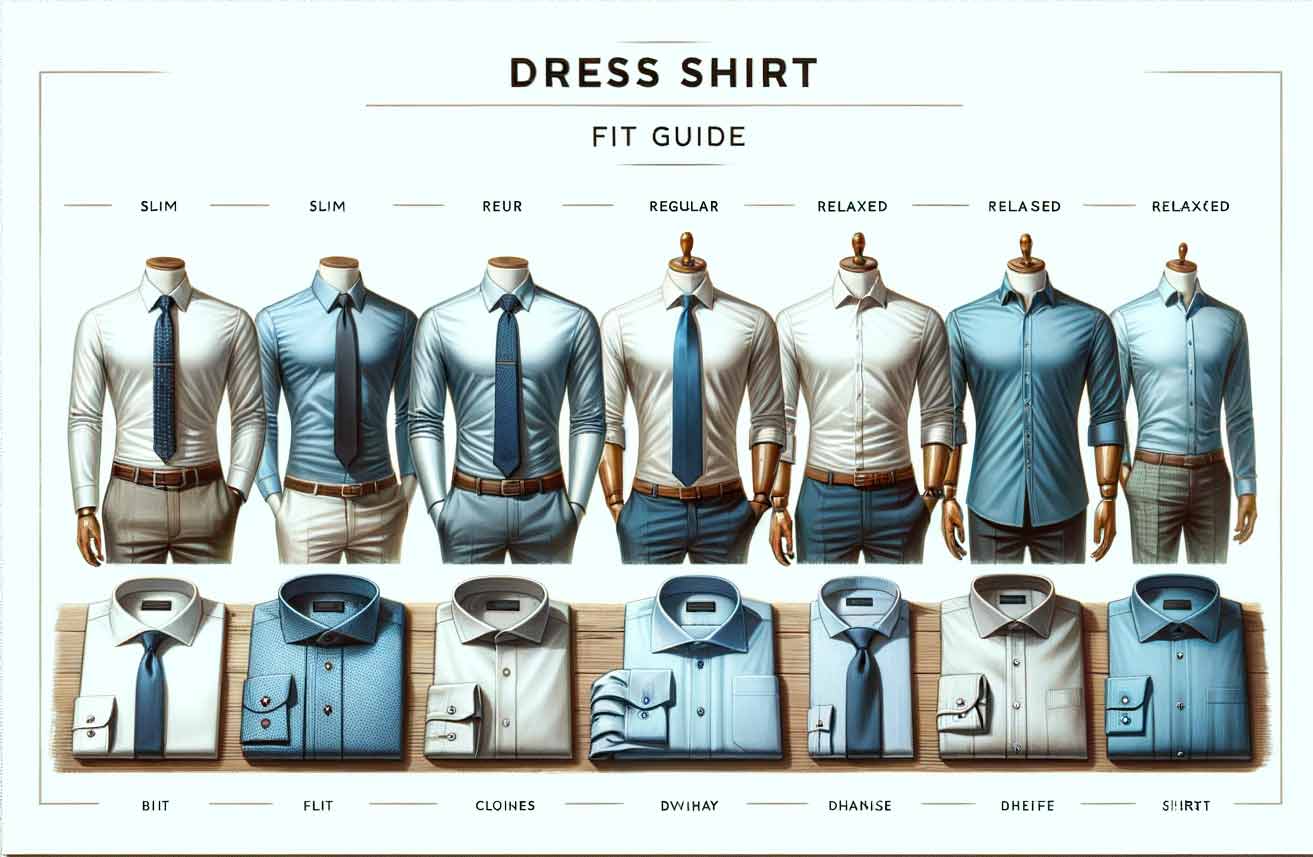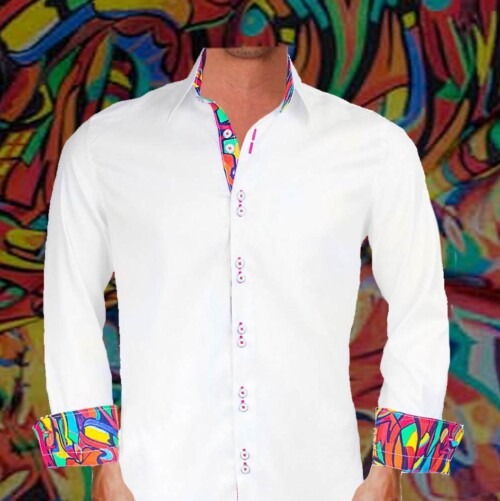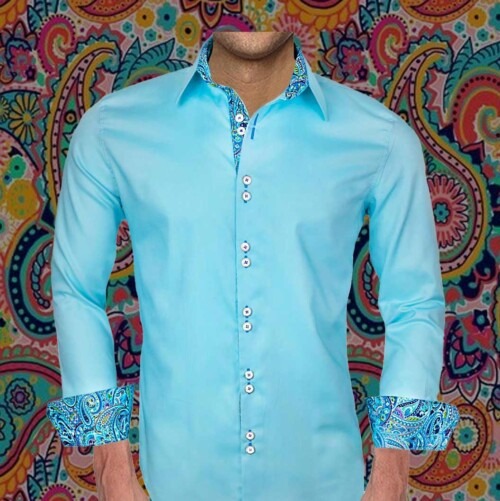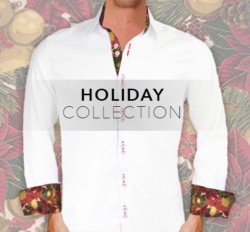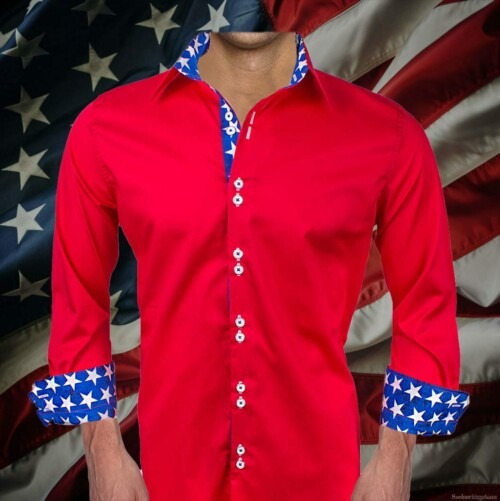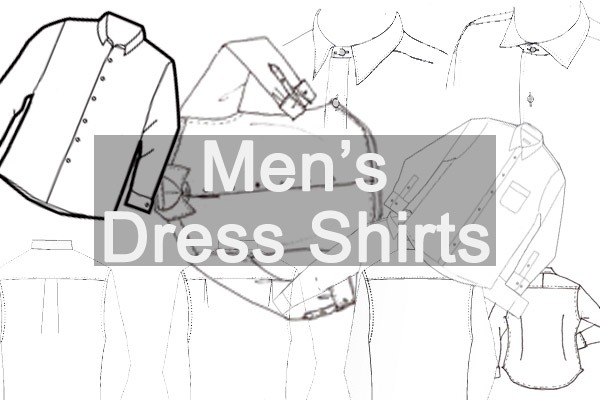The Ultimate Guide to Getting Fitted for a Dress Shirt
Everyone needs a comprehensive dress shirt fit guide under their belt. Finding the perfect shirt is essential for creating a polished, professional look. Whether you’re preparing for a business meeting, a formal event, or just aiming to upgrade your wardrobe, a well-fitted dress shirt can make a significant difference. This guide will walk you through the steps of getting fitted for a dress shirt, ensuring comfort, style, and the perfect fit.
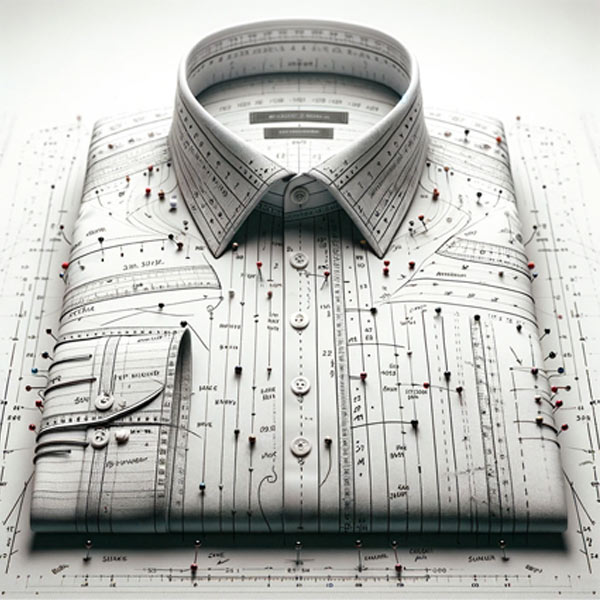
Step 1: Understand the Basics of Shirt Fitting Before diving into the fitting process, it’s important to understand the key areas where a dress shirt must fit well:
- Neck: The collar should sit comfortably around the neck without being too tight or too loose. You should be able to fit two fingers between your neck and the collar when it’s buttoned.
- Shoulders: The seam should rest at the edge of your shoulders, not too far in or hanging off.
- Chest and Waist: The shirt should be comfortably fitted around the chest and waist, allowing ease of movement without excess fabric.
- Sleeves: Sleeves should end at the base of your thumb when your arms are relaxed, and cuff size should allow for a watch if needed.
- Shirt Length: The shirt should be long enough to stay tucked in, but not so long that it bunches up.
Step 2: The Different Fits of Dress Shirts

Slim Fit aka Fitted
Slim fit shirts are tailored to contour the body, providing a modern and sleek look. They’re ideal for those with a slimmer physique, emphasizing a lean silhouette.
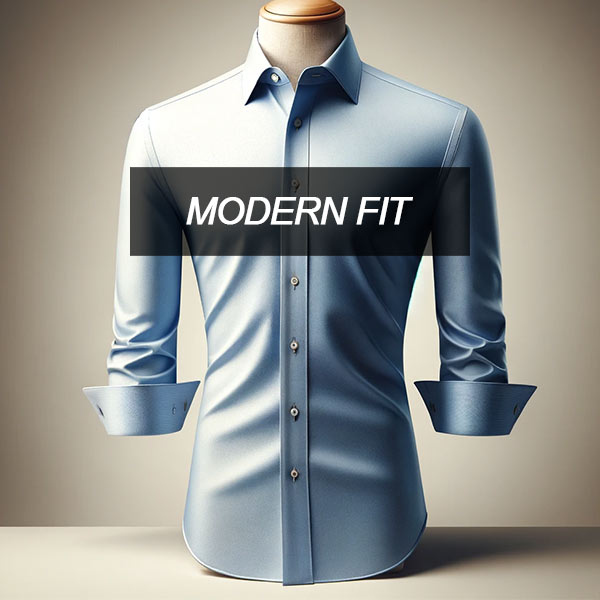
Regular Fit aka Modern Fit
Regular fit shirts offer a balance of comfort and style, suitable for most body types. They provide more room compared to slim fit, ensuring ease of movement.

Relaxed Fit aka Classic Fit
Relaxed fit shirts are the epitome of comfort. With extra room throughout, they’re perfect for those who prioritize comfort or have a larger build.
Step 3: How to Measure Yourself for a Dress Shirt
Tools Required
You’ll need a tailor’s tape measure for accurate measurements. A mirror and a friend to help can also be beneficial.
Step-by-Step Guide
Follow this guide to accurately measure your neck, sleeve, chest, and waist. We’ll guide you through each step, ensuring you capture your measurements correctly.

Choosing the Right Fabric and Style
Fabric Types
From cotton to linen, selecting the right fabric is crucial for comfort and appearance. We’ll explore the most popular dress shirt fabrics.
Collar Styles
Collar style can define a dress shirt’s character. Whether it’s a spread collar for formal occasions or a button-down for casual outings, we’ll help you choose the right one.
Cuff Styles
Cuffs are another element that can elevate your dress shirt. We’ll examine the different styles, including barrel and French cuffs.
Common Mistakes to Avoid
Too Tight or Too Loose
A dress shirt that’s too tight or too loose can ruin your look. We’ll show you how to strike the perfect balance.
Ignoring the Fabric
The wrong fabric choice can lead to discomfort and a less-than-ideal appearance. We’ll help you avoid this common pitfall.
Neglecting Sleeve Length and Collar Size
Incorrect sleeve length and collar size are common mistakes. We’ll explain how to ensure these are just right.
Conclusion Getting fitted for a dress shirt is a blend of art and science. Understanding your body measurements and how a shirt should fit is just the beginning. Remember, a well-fitted dress shirt can significantly elevate your appearance, boosting confidence and professionalism. Take the time to find the right fit, and you’ll appreciate the difference it makes.
Ready to discover your perfect dress shirt? Click on our shop to explore our exclusive collection and transform your wardrobe today


